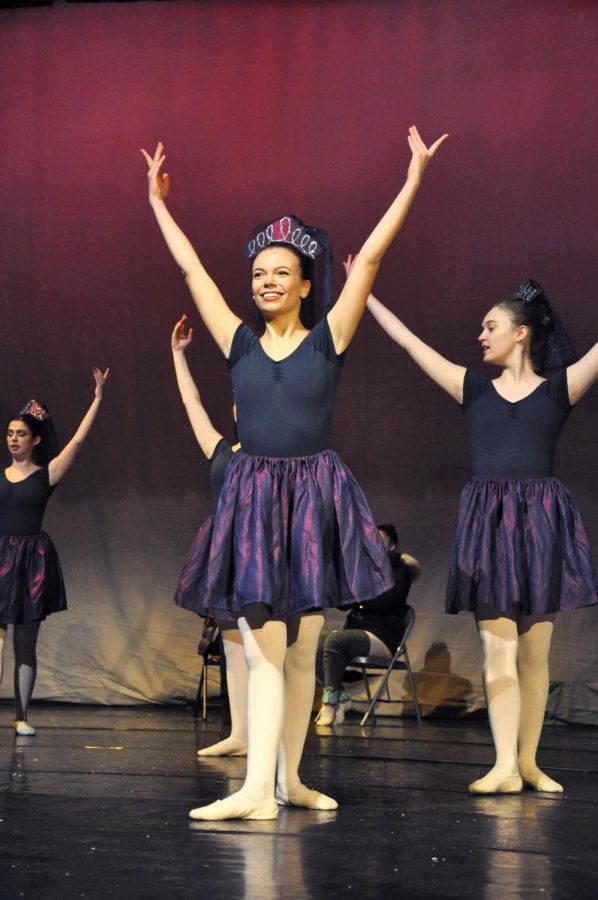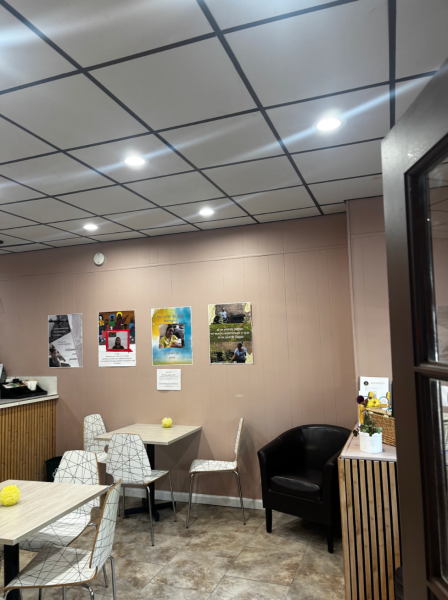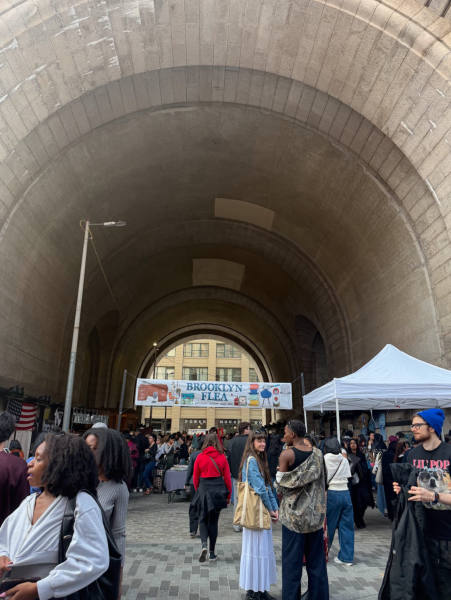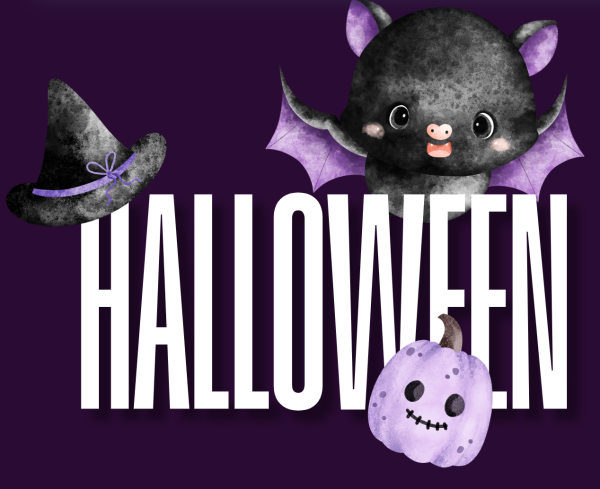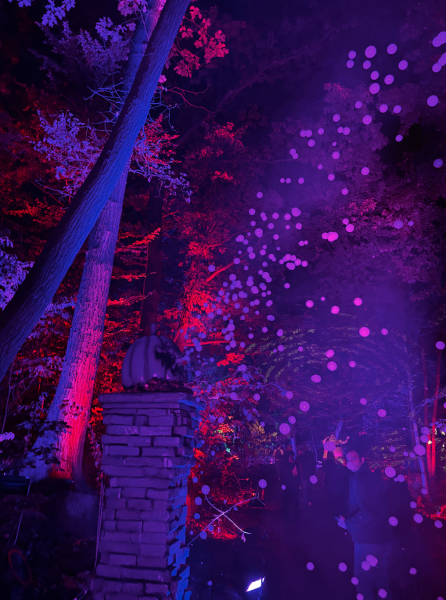The Jetés Prepare For Their Fourth Nutcracker
The Jetés operate with a sense of controlled chaos. The Fordham ballet club is preparing for its fourth annual showing of “The Nutcracker” on Nov. 23 at 2 p.m. and Nov. 24 at 2 p.m. and 6 p.m. On stage, ballet is prized for its precision: expertly sleeked buns, perfectly bent plies and weightless leaps. But the Jetés demonstrate the equally beautiful artistry of the backstage.
At their Nov. 14 dress rehearsal there is an eager energy that permeates the room. Tutus blanket the red-plush chairs like a stand-in audience as the club members weave skillfully about one another. Buns are pinned in three woman conga lines, leotards sewed with steady fingers and costumes ruffled and plucked until they fall neatly around toned legs. The backstage is a dance of its own.
While the dress rehearsal requires the attention and intense energy of the Jetés club members, it is only a glimpse into the dancers’ preparation. To learn and polish all of the dances in “The Nutcracker,” the Jetés host rehearsals every weekday as well as some Saturdays and Sundays.
The rehearsals are specific to different numbers in the performance. Most club members are in three or four dances and therefore must attend three or four rehearsals, each lasting at least a couple of hours, throughout the week. During tech week, the week prior to the show, the Jetés have rehearsal from 6 p.m. to almost midnight Monday through Friday.
While this aspect of the preparation is physically demanding, the Jetés must also exercise their creative muscles. Unlike professional productions, these college performers are responsible for all aspects of the show. They are not simply ballerinas but seamstresses, set engineers and costume designers as well.
“The Nutcracker” — a whimsical ballet about Clara, a girl whose nutcracker comes to life on Christmas Eve and battles a human-sized rodent, The Mouse King — requires an equally whimsical set. The Jetés decorated a Christmas tree, wrapped presents and even made the chair that Clara and the King sit in.
At the dress rehearsal, they steamed fake snow that showered the set and floated delicately from extended pointe shoes. Afterwards, they worked collectively to sweep and vacuum the stage clear again.
The costumes, put together by Jetés, include an intricate mouse head, layered tutus and delicate head pieces. Some are entirely handmade, while others are purchased and significantly altered. Xenia Danylyszyn, FCRH ’20, the club’s “costume mistress,” makes a lot of the props for “The Nutcracker,” but all club members help.
The Jetés put on “The Nutcracker” every winter, as is customary in many ballet companies to perform the show during this time. The Jetés put on a very traditional version of “The Nutcracker,” closely aligned with George Balenchine’s rendition.
The Jetés stressed that the club is an intense time commitment and that it can be difficult to balance ballet with a college course load and various other extra-curriculars.
“It is definitely a challenge and it means having to decide what your priorities are.” said Samantha Basilone, FCRH ’20. It means giving up some nights going out and maybe joining some other clubs“It’s practicing. Just a lot of practicing.”
Despite the sacrifices, there is an overwhelming sentiment among the dancers that participation is worthwhile.
“All of us are here because we love (the Jetés), and we couldn’t live without it,” Basilone said. “It is definitely worth it.”
Annie Muscat, FCRH ’20, a member of the Jetés’ cast, said that dance, while requiring a lot of her time, allows her to relax from the stresses of other responsibilities.
“I work two jobs and have four classes, so it can be a lot,” said Muscat. “But, at the end of the day, I love this. It is an exhale after a long day.”
The calming powers of the Jetés may be due in part to the welcoming atmosphere the club maintains, according to Muscat.
“You are in such an empowering environment,” said Muscat. “Everyone is so encouraging and supportive, so you feel beautiful and strong when you dance.”
This is especially significant considering the sometimes harmful pressures in the ballet world. Ballerinas have been known to struggle with body image issues and eating disorders as a result of the sports fixation on lean physiques, according to BBC News.
The success of the Jetés in avoiding this mindset is largely due to the tenets on which the club was founded, according to Danielle Dixon, FCRH ’17. She started the Jetés in 2016,first wanted to put on a shortened version of “The Nutcracker” for local Bronx kids as a part of the Circle K club.
While this initiative ended up falling through, many people had expressed interest in pursuing ballet at Fordham, and Dixon decided to begin a dance club dedicated to the art form. She recognized that “Ballet can often be an art that fosters intense competition between dancers” and “wanted the club to be a place where dancers felt challenged but encouraged by their peers.”
Many of the Jetés’ members have been dancing for their entire lives and were excited to find an outlet to continue pursuing the art form after high school.
Taylor Davis, FCRH ’22, has been doing ballet since she was three years old but thought her career would end after graduating high school. She was happy to find the Jetés and continue dancing.
“The Jetés are kind of exactly what I used to do all throughout my life,” Davis said. “I thought I was kind of missing something without dance so I joined.”
For those who have never seen “The Nutcracker,” Muscat recommend coming to the show with a “childish mindset.”
“It’s absurd, it is fantastical and surreal,” Muscat said. “There’s a lot of imagination at play. That’s what makes it so fun.”

Editor in Chief for Volume 103
Culture Editor for Volume 101, Volume 102.
Rachel Gow is a junior at Fordham College at Rose Hill, majoring in Journalism...





































































































































































































